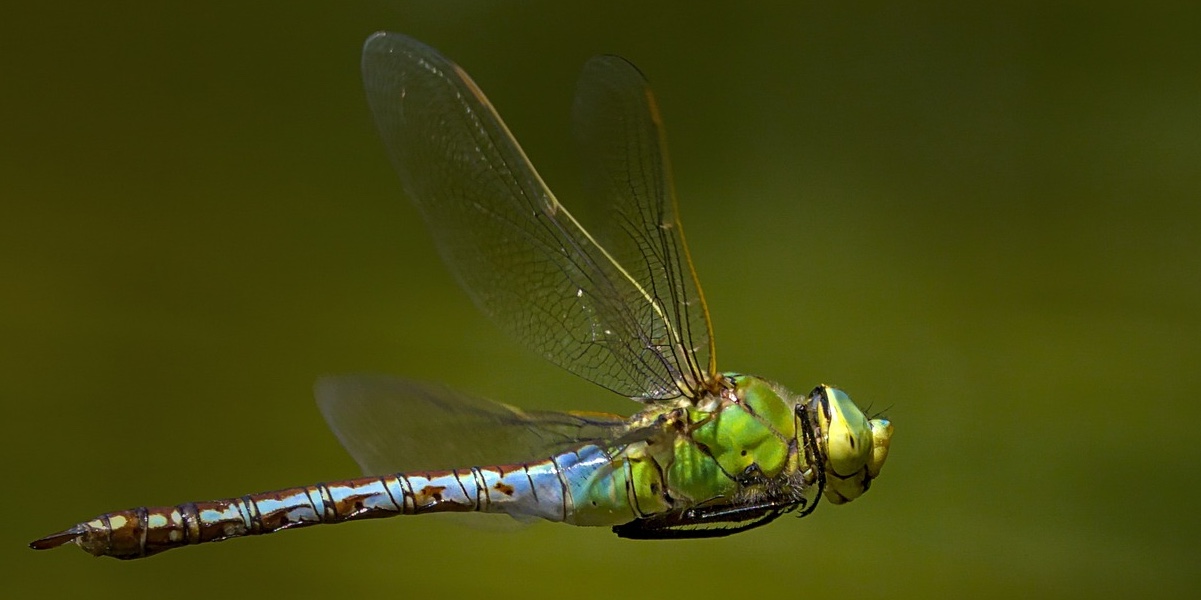Thousands of fans stormed to theaters over the first weekend of March 2024 to watch Denis Villaneuve’s highly anticipated Dune: Part 2. Incredible sci-fi visuals filled the big screen, including the fascinating Ornithopter, an aircraft that flies like a dragonfly. With so many modern aircraft inspired by biological flight, what makes insect-like flight, characterized by rapid flapping movements, difficult to engineer?

This question drove my fascination with insect wings and their unique biomechanical properties. They can perform complex aerial maneuvers, remain stable in turbulent environments, and sustain long flight times—all with tiny, delicate wings. We’ll dive into the mechanical and biological factors that make this possible and explore how understanding insect flight paves the way for possible engineering applications such as micro air vehicles (MAVs).
Wing Structure
Insects have a unique wing structure, characterized by a venation of a flat membrane. Their wings tend to have a high stiffness—on the order of gigapascals (GPa)—indicating significant rigidity compared to other biological materials. Their vein density contributes to this stiffness, creating rigid nodes that strengthen the wing. This complex vein network partitions the wing into subsections, called domains, whose frequency and vein density vary widely among insect species. For example, the order Odanata contains high vein density with many domains, while the order Diptera tends to have fewer domains with a lesser vein density.
Forces

Flapping movements can generate force in two main ways: aerodynamic loads and inertial loads. Aerodynamic forces are applied through lift interactions between the wings and the air, while inertial forces arise from the wings’ accelerations. The lift forces allow the insect to stay aloft and counteract the force of gravity, while the inertial forces provide stability to resist sudden changes in the aerial environment. Different parts of the wing experience varying load distributions. For example, in dragonfly wings, the peak aerodynamic load occurs 65% towards the wing tip, while the peak inertial load occurs slightly past that. Inertial forces are most at play during the bottom and top of the flapping cycle, while aerodynamic forces are most prominent at the midpoint. Together, these forces allow insects to maintain efficient and controlled flight.
Engineering Applications
Current research and development in micro air vehicles aims to replicate the hovering and maneuverability abilities of insects. However, this endeavor faces numerous challenges. Insects have the ability to maintain both stability and maneuverability, while MAVs often have to sacrifice one for the other. Additionally, current MAVs often favor soft wings that flap at frequencies well above their natural resonance, while insects tend to have stiffer wings that operate at lower frequencies. Sensing also presents difficulties, as inertial sensors in MAVs are limited, prompting a shift toward optics sensors inspired by insects’ use of visual patterns to adjust movements during flights. These challenges highlight the complexity of replicating insect flight mechanics in MAVs. As research advances, we look more and more towards bioinspired ideas so that one day Dune’s Ornithopters could fly in our sky.
Featured image by Sigurd Rille from Pixabay.
